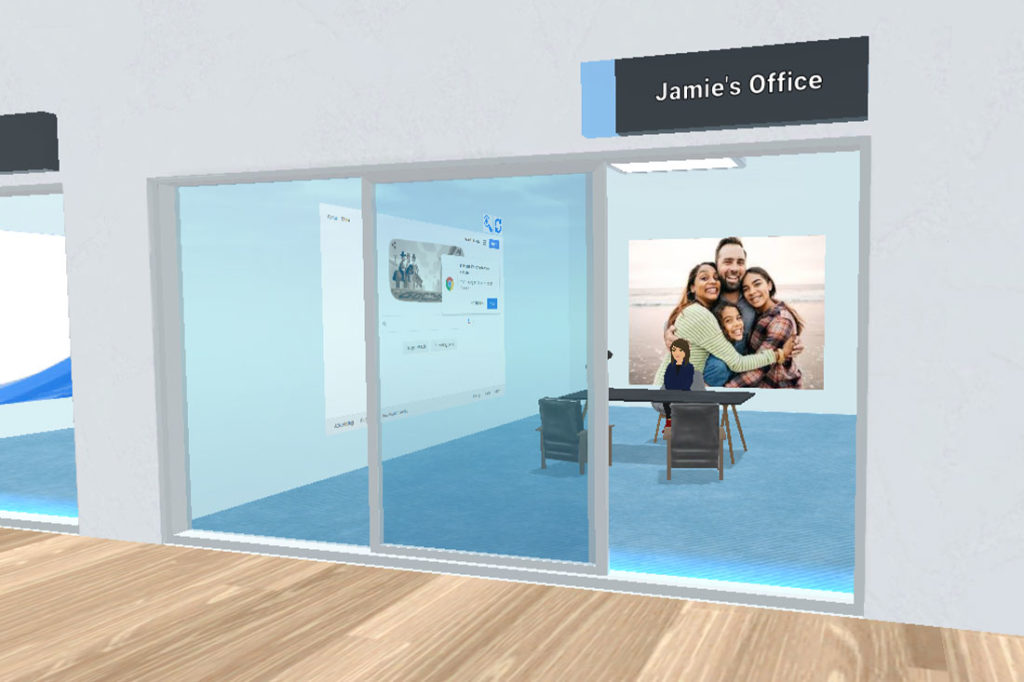Allowing employees to work from home will definitely zap company culture and drain productivity.
Or at least that’s what many entrepreneurs believed just one year ago. Since then, the labor landscape has shapeshifted and, in what felt like a global case study for remote work, virtual workers proved that they did not succumb to distraction or slack off when given more autonomy and flexibility.
In fact, rather than working less, most remote workers reported putting in more hours and becoming more productive when they ditched the office. RescueTime, a time tracking and distraction-blocking software company that serves millions of users, found that remote workers spent 58 more hours on core work over the year and were 20 percent more likely to complete their daily tasks than in-office workers.
For established companies who rely on a remote workforce, like BELAY—a staffing company that provides virtual support teams—this rush of productivity is no surprise. For the past decade, BELAY has been witnessing this phenomenon firsthand through its network of contractors who supply virtual support as assistants, bookkeepers, web maintenance professionals and social media strategists. Not only are their virtual teams productive, they’re also happier, earning “best workplaces” honors despite not actually having a workplace, per se.
It’s this distribution of talent across geography, lifestyles and interests that makes up the virtual assistant model’s “secret sauce” and helps companies increase profit margins and productivity while boosting enthusiasm and satisfaction for employees. In its fourth quarter of 2020 and first quarter of 2021 financial reports—while many other companies were experiencing layoffs and frantically downsizing—BELAY announced record-breaking numbers. Virtual assistants, it appears, are part of the new normal.
Delegating the Overwhelm
The question executives and entrepreneurs launching startups often ask is, “When should I hire an assistant?” BELAY’s CEO Tricia Sciortino believes the answer is simple: As soon as you can afford it.
“You do not need to be managing email and invoicing and bookkeeping,” she says. “If you’re growing, or want to grow, someone has to take off a load.”
Handing the minutiae of backend support tasks off to a qualified professional allows leaders the calendar capacity to focus on their company’s growth and, more importantly, their own personal peace of mind.
“A lot of what we serve into is overwhelm,” Sciortino says. “There are so many moving parts: the finances, the sales, the marketing, the billing. We want to come in and say ‘You don’t have to hold all of those plates. We have people who can take some of that off of you so we can reduce your overwhelm, and so you can lead from a place of health—both mentally and physically.’ ”
Most leaders could benefit from an assistant, but why virtual? Simply put, because virtual assistants only work when there is work to be done. Unlike an in-office staff, virtual assistants don’t show up to the office for a predetermined number of hours each day. Instead, they leverage their working hours to the benefit of their own work-life balance and the executive they serve, which lowers overhead and boosts productivity for both parties.
“Honestly, the flexibility is unbelievable,” Sciortino says. “My assistant takes care of so much for me that allows me to be an executive, to strategize, to plan, to lead and to make complex decisions. She relieves me from things I don’t need to be doing like email, booking travel and project planning. I love all of that stuff, but I also don’t want to be working 70 hours a week.”

Building Long-Distance Trust
Conservatively, finding and hiring a new employee takes companies an average of eight weeks to complete. Not to mention the added burden of sifting through stacks of résumés, arranging interviews and painstakingly checking references. Most virtual staffing firms can cut that timeline in half because they come prepared with a database of vetted, ready-to-go contractors and an analytic process for matching client needs.
But even with these advantages, entrusting a stranger takes some adjustment. It can be easy to take for granted the nuances of in-person work relationships and how much camaraderie and loyalty is built through insignificant interactions like water cooler banter and carpooling to events. Even knowing what someone’s office looks like, how tidy they keep their desk and what pictures fill the walls of their cubicle, can provide a level of comfort. Those subconscious signals evaporate in an online-only collaboration.
So, instead of skipping straight to sharing sensitive material, Sciortino suggests scaling the handoff of responsibilities to a new virtual assistant at a pace that allows both parties to feel secure. This means starting with the task you most want to get rid of and gradually adding new layers of work. If your most taxing office burden is scheduling, hand over the keys to your calendar and trust your assistant to send the emails and make the calls necessary to keep meetings from double-booking. From there, develop a priority list of what you’d like taken off of your plate—travel planning, follow-up phone calls, research, filing, inbox management—and take baby steps until those are comfortably transitioned over. The key is making sure that you empower as you entrust to prevent sabotaging both of your efforts.
Confident team-building happens slowly over time, and in a digital-only working environment, that development will require engagement from both employer and assistant. That can be accomplished through a standing appointment each week to talk over video chat, where tone and body language are better expressed than they are through emails or text, or a bi-weekly video chat appointment to replace the communal vibe of an in-office staff lunch. The goal is to meet as normally as possible, even though you’re potentially miles—or even oceans—apart.
“Relational capital is huge, especially in assistant relationships,” Sciortino says. “Executives need to be part of that trust process…. Invest in the relationship and trust will follow.”
The Future of the Virtual Office
Working with a virtual assistant does have a learning curve. Digital office culture requires different boundaries, since the lines between work and home are often significantly blurred, and digital fatigue is a real problem that leaders need to be aware of. But creatively designing guardrails for the benefit of both the team and the bottom line happens whether employees are in the building or out. If your team is trustworthy and skilled in their roles, productivity will be a given, and that’s true whether they work autonomously or just down the hall.
The choice to send workers home felt temporary in 2020. Remote work seemed like a pandemic-induced stopgap then, but it’s now becoming apparent that global acceptance of a virtual staff—especially assistants—is here to stay. Solopreneurs and business leaders alike now have the unique opportunity to take that leap while the trend is still emerging.
“As far as virtual assistant services, the need is greater than ever,” Sciortino says. “More people are turning to workforce support and we’re seeing the industry expand in places we have never seen before. We’re seeing opportunity for where virtual assistants can support run the gamut of every industry.”
This article originally appeared in the July/August 2021 issue of SUCCESS magazine.
Photo by fizkes/Shutterstock





